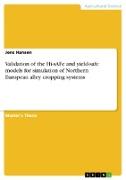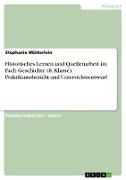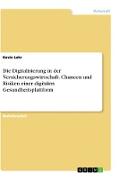- Start
- Validation of the Hi-sAFe and yield-safe models for simulation of Northern European alley cropping systems
Validation of the Hi-sAFe and yield-safe models for simulation of Northern European alley cropping systems
Angebote / Angebote:
Master's Thesis from the year 2020 in the subject Agrarian Studies, grade: B, University of Copenhagen (Institute of Plant and Environmental Science (PLEN)), language: English, abstract: In this thesis, the Hi-sAFe and yield-safe are calibrated with data from two sets of alley cropping systems, one Danish and one English. Then, predictions of crop yields and tree growth for the growing systems are made with the models and compared to measured data. The quality of the model outputs is evaluated regarding accuracy, correlation to measurements, and bias, and the strengths, weaknesses and potentials of the models are described.Alley cropping is an agroforestry practice with considerable potentials of providing both environmental and economic benefits in Northern Europe. However, these potentials are rarely quantified, and the knowledge required to design new alley cropping systems is lacking. Computer simulation of alley cropping systems may provide solutions through estimation. The objective of this study is to validate the Hi-sAFe and yield-safe models regarding predictions of tree growth and crop yields in Northern European alley cropping systems.Data from the Ministry of Agriculture, Fisheries and Food-sponsored alley cropping systems (MAFF-sponsored trials) and the Combined Food and Energy system, Copenhagen (CFEC) were used. For the MAFF-sponsored trials, data from one (Cirencester trial) out of three sites (Cirencester, Silsoe and Leeds trials) were used for calibration. For the CFEC, data for a subset (years 2012-2019) of the recorded period (2000-2019) was used for calibration. Then, validation simulations were run with the remaining data from each set. For the English growing systems, both models showed substantial error in crop yield predictions (r2 = 0.02-0.57), but successfully simulated tree growth (r2 = 0.94-1.00). In the Danish systems, yield-safe produced better predictions of crop yield (r2 = 0.01-0.35) than Hi-sAFe (r2 = 0.03-0.05), and none of the models reproduced the variability of tree growth measurements (r2 = 0.02-0.09). For all simulations, yield-safe was substantially easier to use, and thus more efficient, than Hi-sAFe, which on the other hand has been used to deliver critical insights in transdisciplinary studies. Suggestions for further model developments are given, and appropriateness of using the models for different tasks is discussed. This may have relevance to researchers of agroforestry modelling and potential model users.
Folgt in ca. 10 Arbeitstagen




